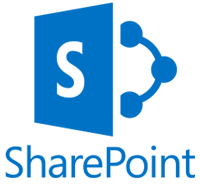
20339-2 Advanced Technologies of SharePoint 2016
This course will teach participants how to plan, configure, and manage the advanced features in a SharePoint® 2016 environment. The special areas of focus for this course include implementing high availability, disaster recovery, service application architecture, and Microsoft® Business Connectivity Services. This course also focuses on social computing features, productivity, and collaboration platforms and features. Participants also will learn about Business Intelligence (BI) solutions, Enterprise Content Management, web content management infrastructure, solutions, and apps. This course also covers how to develop and implement a governance plan, and how to perform an upgrade or a migration to SharePoint 2016.
NOTE: This course is the second in a sequence of two courses for IT Professionals.